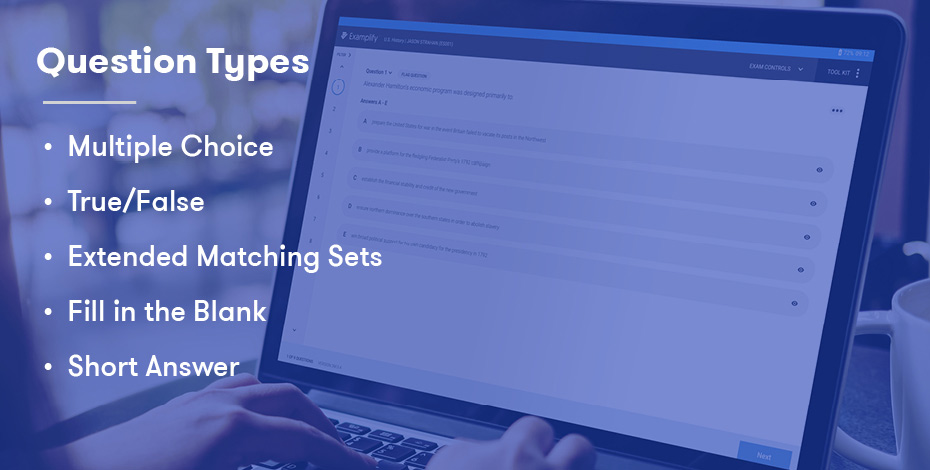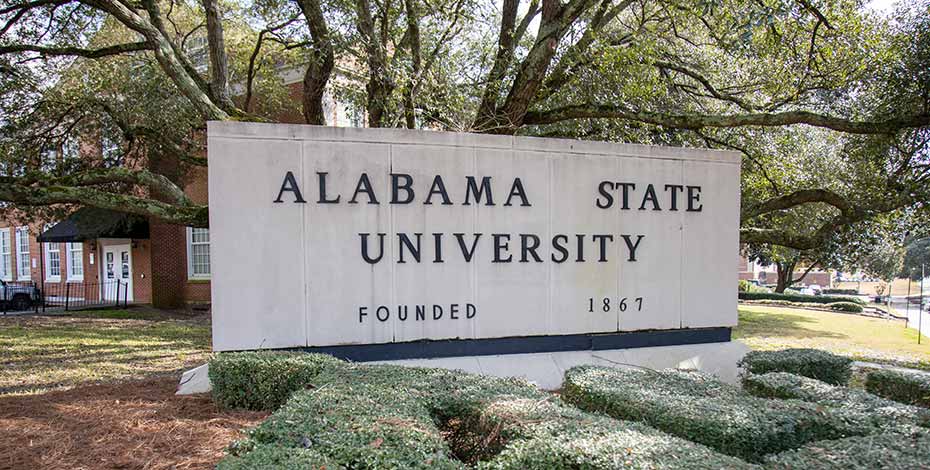When people think of assessments, they may envision a number of high-stakes exam scenarios — from sitting for SATs and mid-terms to taking final exams and licensure tests. While there are many different types of student evaluation, the most common form is the summative assessment.
Formative and Summative Assessment
While formative assessment is the evaluation of learning as it takes place (e.g., quizzes), summative assessments are evaluations of what a student has learned at the end of a given period (e.g., semester or training course). By assessing students at the end of a module, course, or program, faculty gain insight into how well their students have mastered the content and how effective their teaching methods were.
When Are Summative Assessments Useful?
As an evaluation of content mastery, summative assessments occur at the end of a given learning period. Generally, they are end-of-course or end-of-year exams; however, these are not the only applicable uses of summative assessments. Evaluating students’ learning could come at the end of a chapter or learning module. Thus, summative assessments are not only high-stakes final exams. They can be strong indicators of content mastery in a particular area.
Keeping Assessments Secure
Most summative assessments are given with the understanding that the student’s score counts toward their final grade. As such, keeping these secure from academic dishonesty is paramount to providing a fair experience for all exam-takers. Though many educational institutions are moving to computer-based testing (CBT), taking exams on laptops or other devices brings a new list of potential security issues, such as access to the internet or other applications during an exam. An effective way to ensure exam integrity is a testing software that does not allow use of the internet during an exam and prevents students from accessing other applications on their device.
Preventing academic dishonesty by blocking exam-takers’ information sources isn’t the only point to consider; ensuring students don’t share assessment items is also a concern. Once a test question is compromised, it’s no longer a valid measurement of student learning. Thus, keeping questions secure is vital.
Providing Students with Feedback from Summative Assessments
While formative assessments hinge on providing students with immediate feedback to help with the learning process, summative assessments happen after the student learning occurs. However, this doesn’t mean that communicating students’ performance is any less important. For students to understand what content they have mastered and which topics might need additional study time, they need a detailed breakdown on their performance.
Categorizing summative assessment questions can give instructors the granular performance data they (and their students) need. By tagging exam items to course topics or learning objectives, faculty can provide the detailed feedback students need to be more focused in their study efforts.
Summative assessments are an important part of the assessment process and are incredibly valuable to both students and faculty. By giving summative assessments at key stages within the curriculum, ensuring that these high-stakes exams are secure, and providing students with performance feedback, educators can gain insight into how well students have learned the content and how well instructors have presented it.






